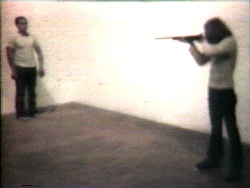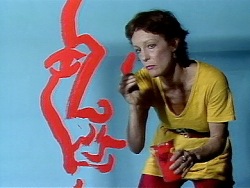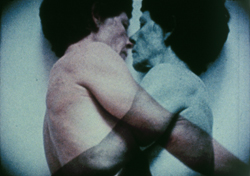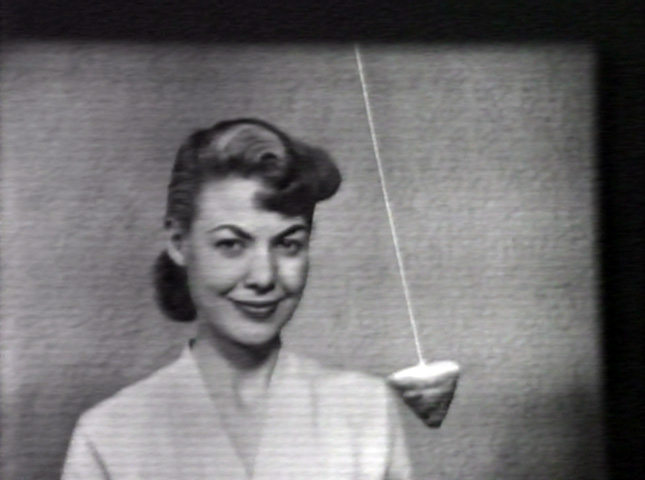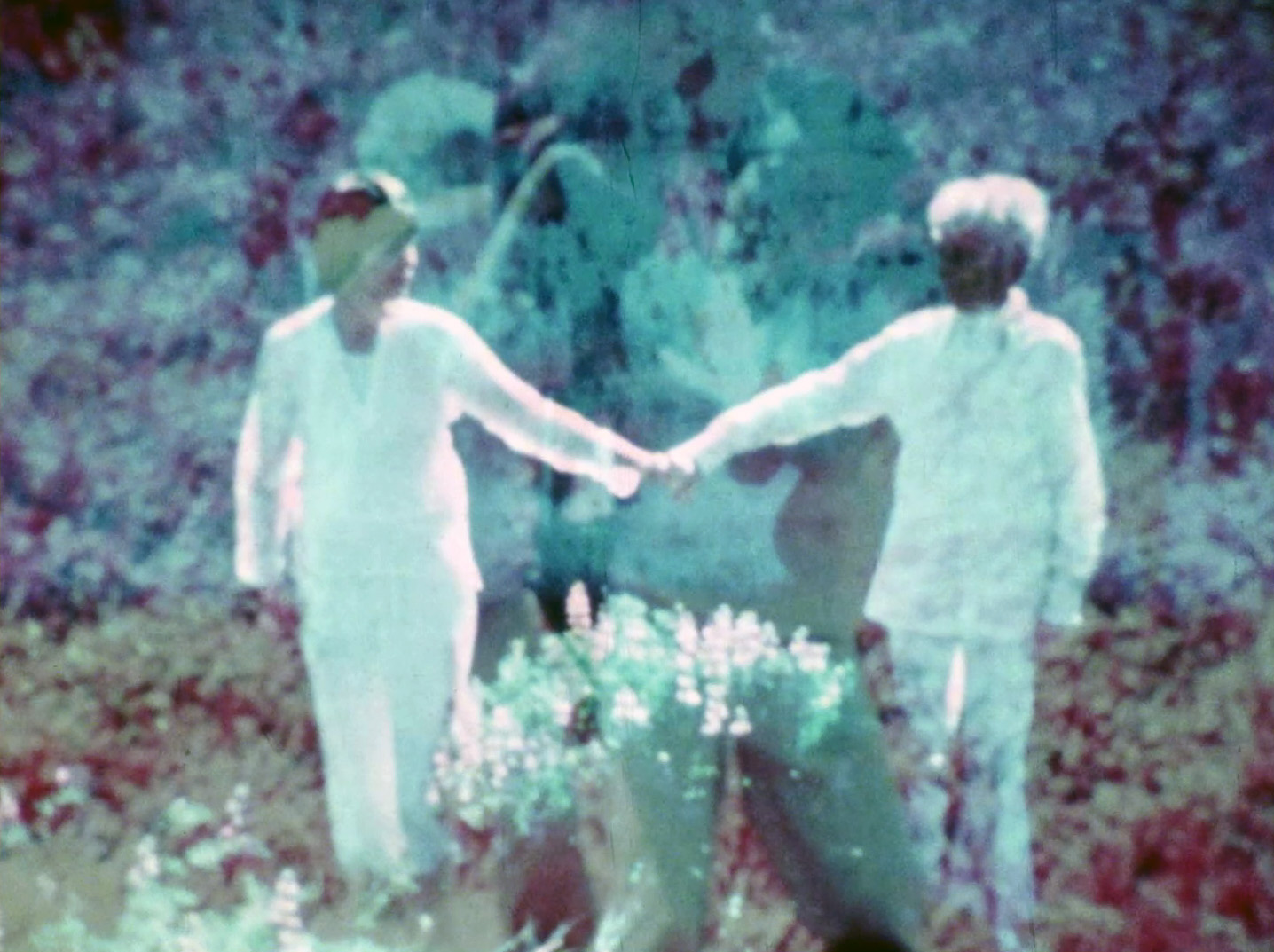Search Results
Search Results
Title Results
Your search returned 702 Titles
Chris Burden's provocative, often shocking conceptual performance pieces of the early 1970s retain their raw and confrontational force in these dramatic visual records, shot on Super-8, 16mm film, and half-inch video. Guided by the artist's candid, explanatory comments on both the works and the...
Accompanied by Wegman's inimitable deadpan narration, Dog Baseball is a humorous, affectionate homage to two of America's most cherished passions: dogs and baseball. Wegman puts a new spin on the old game as he plays opposite a canine team, with the dogs' owners in attendance to cheer their team...
Writes Alice Weiner: "Done To consists of simple camera frames which are silent and/or unconnected to a complex soundtrack running parellel to the images. There are brief instances where image and sound meet; however, the majority of the images are overtaken by at times symphonic, at times cacophonous soundtracks which displace the normal filmic viewing experience. The standard film format for going from frame to frame — and then and then and then — is what the film is concerned with..."
Inspired by the science fiction story Universe by Robert Heinlein, Double Lunar Dogs is an Orwellian vision of post-apocalyptic survival aboard a drifting spaceship whose timeless travellers have forgotten the purpose of their mission. To recapture memory and create a continuum between their...
"A poetic study of the stages of a lesbian relationship by two women performance artists from honeymoon, through struggle, to break-up, to enduring friendship. Starring Terry Sendgraff on trapeze." — Barbara Hammer
"A 70-year-old lesbian feminist, seeing little change in the society after years of work, sends out her 40-year-old self on a journey taking her around the perimeters of the San Francisco Bay. During her quest she encounters aspects of her personality: the guardian angel who has all that she needs; the seductress who leads her astray; the wise woman of secrets who she meets underground. The film culminates in a visual crescendo ascending a tower as the heroine's hair is painted white by her counterparts. A dream vision film." — Barbara Hammer
A video companion to a twenty-four hour group performance organized by Jenkins, Dream City collages live music, poetry, and dance into a pulsating kaleidoscope of color and sound. Frequent Jenkins collaborators Maren Hassinger, Senga Nengudi, and David Hammons appear, as do snippets of chess...
A document of the artist's three-channel audio/video installation of the same title, Dreamkeeper is the second part of Jones' ongoing transcultural dialogue, a commentary on the emerging global African diaspora culture. Here he uses a drum to signify the link among diaspora peoples, stating, "The...
Arnold Schoenberg’s 1909 op. 11 Drei Klavierstücke (aka Three Piano Pieces) made by editing together videos of cats playing pianos downloaded from the internet. When launched on YouTube, the videos spread to both animal blogs and classical music blogs, thus the work was both an experiment in...
